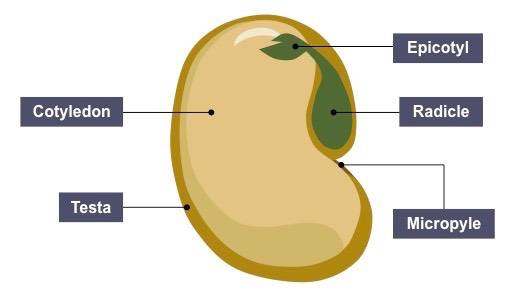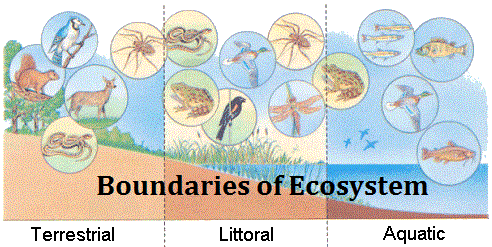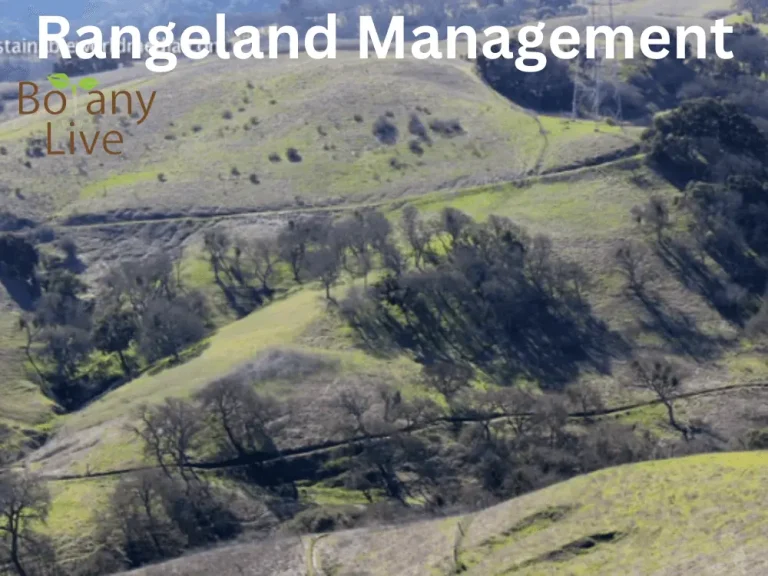What are Gymnosperms? Introduction, Features Lifecycle, and Importance
Introduction
The term gymnosperms have its origin in the Greek words “Gymno” naked, unenclosed; and “Sperma”; seed. Gymnosperms are seed-bearing vascular plants of the subkingdom “Embryophyta”. These are flowerless and reproduce by exposed seeds (naked seed) or ovules, “the most distinguishing feature of this group”. In gymnosperms, seeds are always born in cones or on leaf-like structures known as bracts instead of fruit or ovary and are visible only when the plant attains maturity. They are more advanced than ferns as ferns do not even possess seeds.
They are common in boreal forests and temperate regions with over 1000 species. These are classified into four divisions;
This group includes conifers, gnetophytes, ginkgo, Cycadales, etc. well-known examples of gymnosperms are; pine, spruce, cycas, Cedrus, Picea, junipers, ginkgo, Larix, araucaria, Taxus, gnetum, and thuja.
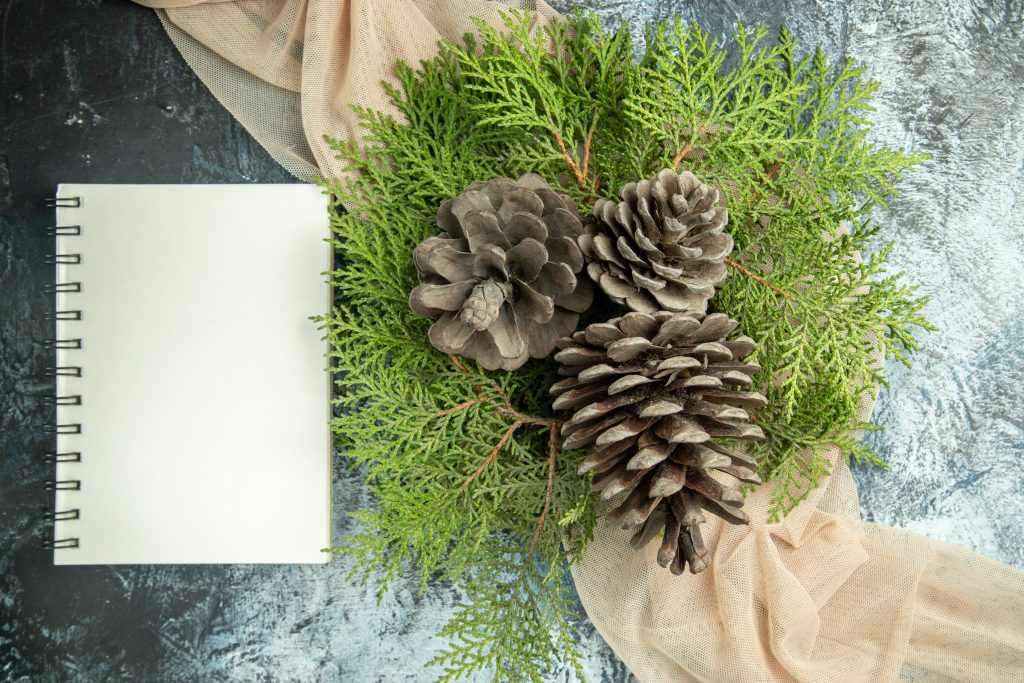
Features of gymnosperms
Gymnosperm has the following features;
- They occur in colder regions of the world.
- These are seed-bearing vascular plants.
- In vascular bundles, the xylem is without vessels and no companion cell and sieve tube element in the phloem.
- Seeds are in cones or on leaf-like bracts.
- They don’t have flowers.
- The plant body is sporophytic.
- The stem may be branched or unbranched.
- They are perennial or woody.
- It produced two different types of spores (microspores & megaspores).
- Spore dispersal is only by the wind. (Anemophily)
- Megaspore has one integument while there are two megaspores in angiosperms.
- They follow the wind pollination mechanism.
- The reproductive structure is present in cones.
- Morphologically, a plant has roots, stems, and leaves.
- There is a thick cuticle over the leaves.
- Leaves are needle-like in most cases.
- Sunken stomata are present on the lower side of the leaves.
- Most of the members are deciduous only a few are evergreen e.g. Pine.
The above-mentioned characteristics of gymnosperms make this group a valuable one.
The life cycle of Gymnosperms
Reproduction of gymnosperms follows the mechanism of alternation of generation with both phases (Sporophytic and Gametophytic). A sporophyte (Asexual phase) produces a diploid spore and is dominant and independent while a gametophyte (Sexual phase) produces haploid gametes and is a relatively short phase of the lifecycle. It is completely dependent upon the sporophyte (an extended phase).
Sporophyte
The plant body is photosynthetic and is called a sporophyte. It consists of roots, stem (branches) leaves, and cones (fruiting bodies). It produces haploid spores by meiosis which in turn develop into a gametophyte
Gametophyte
The gametophyte produces male and female gametes (haploid).
Reproductive organs are male and female cones. Some species have male and female cones produced on different plants (dioecious) while others bear both types of cones on the same plant (monoecious).
Male cone of Gymnosperms
A male cone is a small, leaf-like structure positioned higher than male cones. It bears microsporangia within microsporophylls. Microsporangia produce many microspores (1n). Only a few microspores develop into pollen grains (male gametes) while all others degenerate. Pollen grains contain pollen tubes and generative cells to lead sperm to the egg within the female gametophyte.
Female cone of Gymnosperms
The female cone is larger and woody. It bears megasporangia within megasporophylls. Megasporangia are diploid cells that produce four haploid megaspores by meiosis. Only one megaspore survive while the other degenerate. This megaspore multiplies through mitosis to develop a female gametophyte. Egg and endosperm are within female gametophytes. The egg develops into an embryo and the endosperm feeds the embryo.
Pollination and Fertilization
Wind or natural agents disperse pollen grains. These pollens reach an egg and release sperm. The fusion of male and female gametes takes place to form a zygote (fertilization). Sperms have flagella to make their way to the egg in the case of cycads and ginkgoes. However, the pollen tube is formed in gnetophytes and conifers. The zygote matures to form a new sporophyte (diploid) and thus an alternation of generation starts. Seed formation occurs and seeds are visible on the cones or modified leaves. Seeds appear as scales. Under favorable conditions, seeds disperse by wind or water and give rise to photosynthetic sporophyte generation.
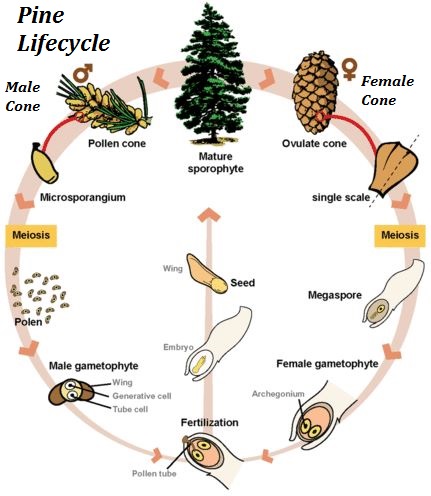
Economic Importance of gymnosperms
They are with very large diverse members and are economically much important.
Source of food
Cycas are of great value as it is a source of food.
- Seeds of cycas and sabudana (sago) are rich sources of protein.
- The seeds of most gymnosperms are edible e.g pinus, gnetum, etc.
- Leaves of cycas (young) serve as leafy vegetables in some parts of the world.
- Seeds and stems of Cycas revoluta are helpful in wine extraction.
- Chilgoza is a valuable fruit of the winter season.
Source of medicine
Cycas, Pinus, Ephedra, and Taxus are of great medicinal value.
- Ephedra is a source of an Alkaloid (Ephedrine) helpful in treating asthma, colds, and cough.
- Ephedrine (decongestant drug) is also a cardiac stimulant.
- Taxus is a source of Taxol, an anti-cancerous drug.
- Extract of cycas leaves is used to cure blood vomiting.
- Seeds and bark of cycas and coconut are used to make a paste that is used for the treatment of sores and swelling.
- Pinus oil is used for wound dressing.
- Turpentine oil serves as an ingredient in several veterinary medicines.
- Flavinoids from ginkgo have antioxidant and antimicrobial properties.
Aesthetic value
Certainly, a group with members like cycas, pine, ginkgo, araucaria, and Cedrus would be seen in all gardens, lawns, parks, and along the roadsides as a linear plantation.
- Cycas is of great ornamental values
- Ginkgo makes the winters amazing when its leaves turn yellow along the roadsides.
Use in industries
- Tannins: Tannins used in the leather industry are extracted from the bark of Araucaria
- Resins (An oxidized form of many essential oils): Derived from plants in liquid form and hardened gradually used in varnishes and polishes.
- Resins (high refractive index) for mounting microscopic slides
- Amber: Fossil resin obtained from Pinus
- Cycas Leaves: Basket, mats, hats, brooms, stuffing pillows
- Wood or Red cedar is used for making pencils.
- Taxus wood is soft & durable, used for making bows
- The bark of Gnetum sp. Is used in making a fishing net.
- Pinus, Picea, Abies, Cryptomeria, etc are used in the paper industry.
Source of oil and wood
- Cycas and Pinus are sources of edible oils
- Oil from Red cedar, Juniperus is used for cleaning microscopic preparations
- Oil from Cedrus deodara is used in perfumes.
- Turpentine oil from Pinus is used in painting.
- The wood of Gymnosperm is
- Light in color
- Lightweight
- Gets good paint
- Bear nails firmly
- Gives good finishing
- Scented wood is resistant to fungi and insects
- The wood of Pinus & Cedar is used for doors, furniture, poles, boats, and railway wagon flooring.
- Podocarpus & Fir: Source of Plywood, heavy construction work (Railway sleepers)
FAQs
What are gymnosperms?
Gymnosperms are vascular, naked-seeded plants that are unable to produce flowers or fruits. They belong to the subkingdom Embryophyta. Examples are; pinus, cycas, ginkgo, etc.
Do gymnosperms have embryos?
The answer is “Yes”. After fertilization, the zygote forms an embryo enclosed by an ovule however, it does not develop into a fruit.
Do pines produce flowers?
The answer is a big “NO”. The shape of the cone looks much similar to the flower e.g. in pines.

Name some examples of gymnosperms.
Pinus, Cycas, Cedrus, Thuja, Larix, and Ginkgo are prominent examples of gymnosperms.
How are angiosperms different from gymnosperms?
Look at the table for major differences between angiosperm and gymnosperm
What are the major classes of gymnosperms?
Following are the major classes of gymnosperms
- 1) Cycadophyta e.g. cycas, sago palm
- 2) Coniferophyta e.g. pine, fir, and spruce
- 3) Gnetophyta e.g ephedra
- 4) Ginkophyta e.g. ginkgo (Ginkgo biloba, the only living member)
Which is the dominant stage of the life cycle of gymnosperms?
The Gametophytic stage of the life cycle is the dominant stage. Gametophyte develops from spores and produces gametes (1n). Both haploid male and female gametes fuse to form a zygote (2n).
Where are gymnosperms found?
All gymnosperms but not cycads are found in colder regions. They are alpine trees those love to live on the high altiutude.
Gymnosperms are vascular or non-vascular plants?
Gymnosperms are vascular plants. They are higher plants with well defined vascular bundle for transportation of food and minerals.
Economic Importance of Gymnosperms – Video
I’m Dr Qaiser Maqsood (PhD), a dedicated researcher and expert in Biological Sciences, Gardening, Bio-Diversity, Ecology, and Environmental Sciences. I’m much concerned about Environmental Pollution, Climate Change, Plantation, Gardening, and Global Warming. My passion is to explore innovative solutions in all these fields.
Be aware that we have ONLY ONE EARTH. Protect it!!

